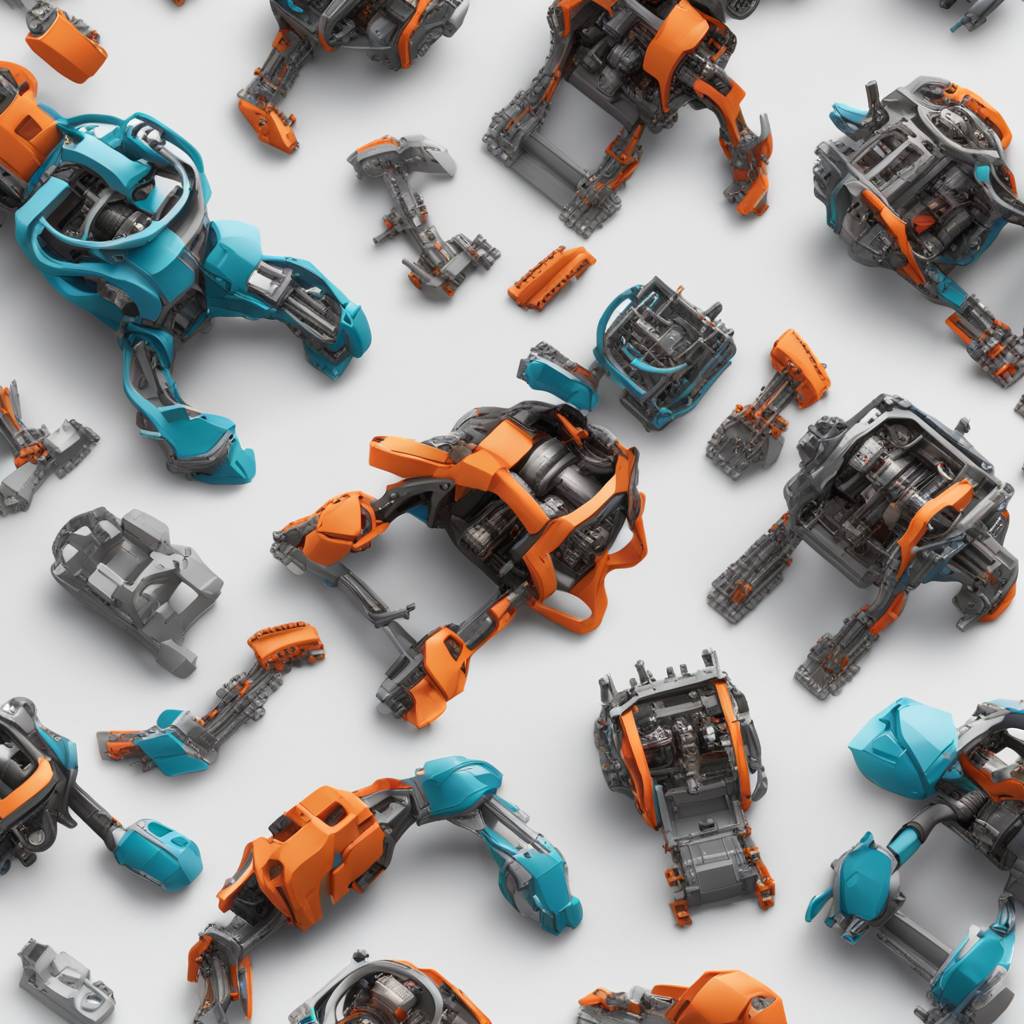Engineers are exploring the use of natural muscles to power robots due to their strength, precision, and ability to heal and grow stronger with exercise. While a few biohybrid robots have been developed with muscle-based actuators that can walk, swim, pump, and grip, there is no standard blueprint for maximizing muscle power in robot designs. To address this issue, MIT engineers have created a spring-like device called a flexure that can serve as a basic skeleton module for muscle-bound robots. The flexure is designed to optimize the movement generated by attached muscle tissues, allowing for more efficient utilization of muscle power in robot movements.
The flexure is a device that enables muscle tissue to contract and stretch in a specific direction, maximizing the force generated by the muscle. By connecting the muscle to the flexure, the muscle is able to pull the device in a predictable and repeatable manner, resulting in more efficient movement. The researchers found that the flexure design allowed muscles to pull the device five times closer together compared to previous designs, demonstrating a significant improvement in muscle actuator performance. This new building block can be combined with other flexures to create various configurations of artificial skeletons that can be powered by muscle tissues.
The researchers collaborated with Professor Martin Culpepper’s lab to design a flexure that is tailored to work with muscle tissue. The flexure is 1/100 the stiffness of muscle tissue, resembling a miniature accordion-like structure that can flex and stretch with precision. By wrapping muscle around the device, the team was able to measure muscle performance and fatigue, allowing them to optimize muscle contractions for higher endurance responses. This platform provides insights into muscle behavior and performance, enabling engineers to build more precise and reliable robots powered by natural muscles for various applications.
The flexure design allows for the conversion of natural muscle force into precise and controlled movements in robots. By combining flexures with muscle tissues, engineers can create powerful and precise muscle-powered robots that can perform a wide range of tasks. The researchers are focusing on developing small robots, such as surgical robots for minimally invasive procedures, as natural muscles excel in strength, efficiency, and adaptability in smaller robotic applications. This new platform provides a set of rules for designing muscle-powered robots that can achieve complex movements and tasks with high efficiency and reliability.













